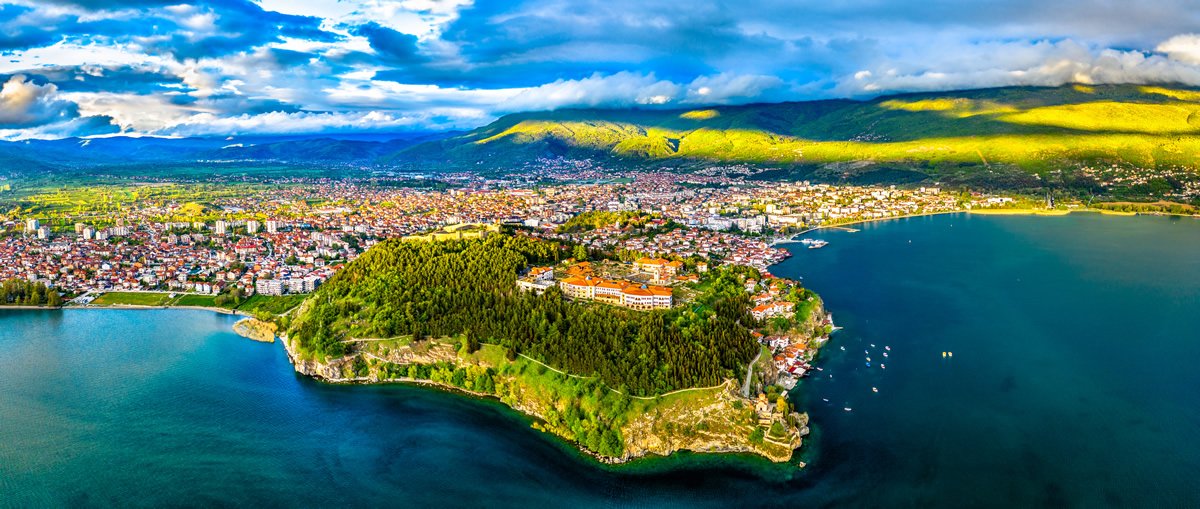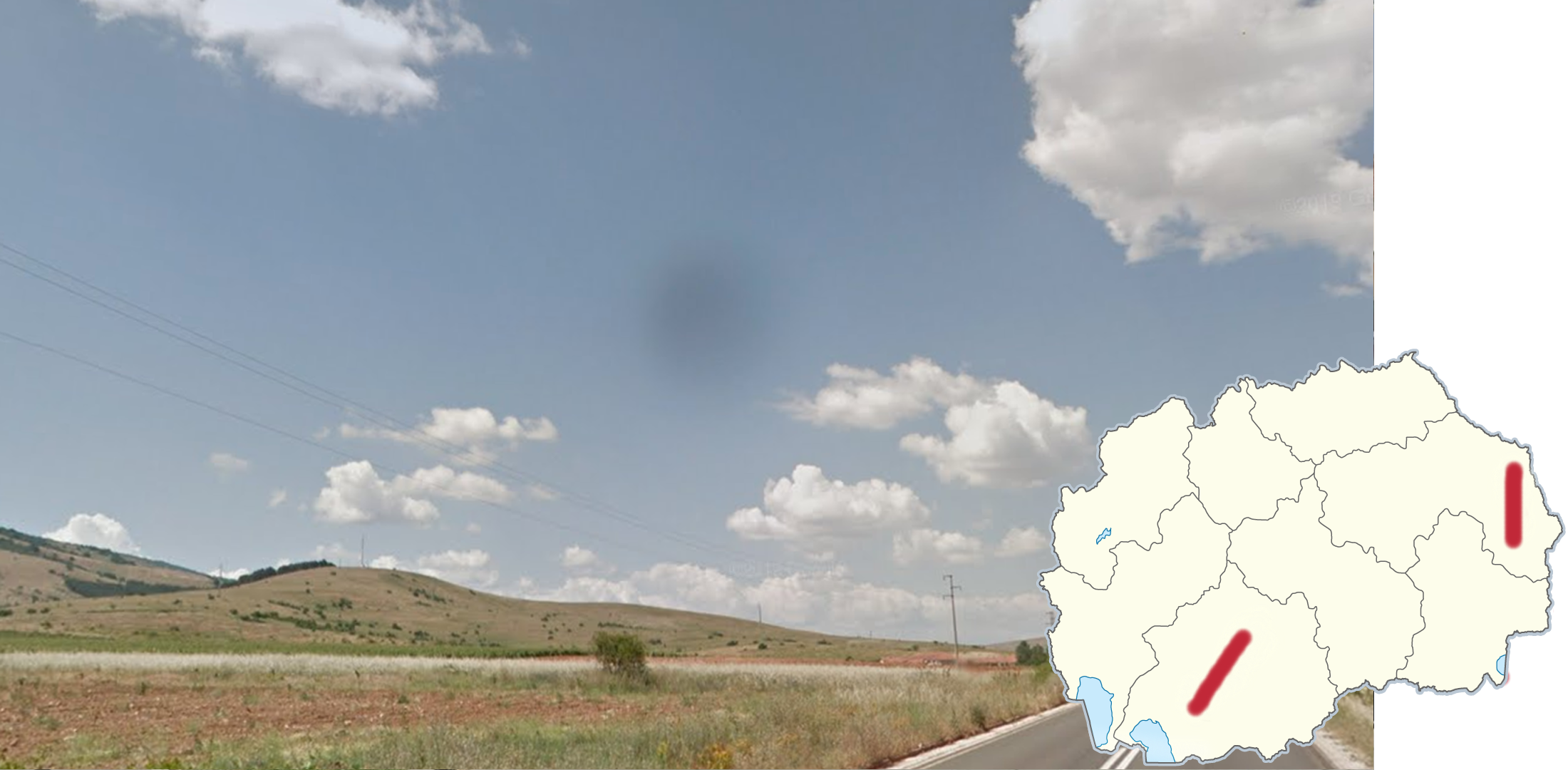
North Macedonia
North Macedonia uses two types of bollards. One is rounded and very thin, while the other one is wedge-shaped. They both are white and have red or white reflectors, typically on a black surface.
NOTE: Croatia uses the same wedge-shaped bollard. Hungary has a similar wedge-shaped bollard but with more white space above the black rectangle.
North Macedonia uses A-Profile guardrails, like most of Europe. The guardrails have red reflectors.
NOTE: Serbia uses B-Profile guardrails. For a good overview of European guardrails, see this infographic.
All coverage in North Macedonia is Generation 3. There will never be an antenna on the Google car.
Every other country in Europe will sometimes or always have an antenna in Generation 3 coverage. For clarity’s sake: this means that cars with no antenna can be found outside North Macedonia.
NOTE: The only other country to have no antenna the majority of the time is Serbia, although there will be an antenna sometimes.
Coverage is sparse, only including some highways and some cities in the country.
The cities of Skopje, Bitola, Kumanovo, Prilep, Tetovo, Veles, Ohrid, and Strumica are the only ones with significant coverage inside the city.
You can view the official coverage in more detail on this site.
For some of the E-75 north of Veles, there are triple yellow lines with a dashed centre line. In the northern part of the road, there is a yellow-truck following the Google car.
The rest of the road is either under construction or newly paved. This road is very similar to the A3 east of Veles, although that one is much flatter and has an arid landscape surrounding it.
A small part of the E75 and the A1 also have planted trees in the median.
As mentioned, trees can also be seen on E-65 between Tetovo and Skopje. To distinguish between these roads, the E-65 is much more mountainous than the A1.
If you see black and yellow striped kerbs, you are most likely to be in Strumica.
They are rarely found in Skopje and if you see them around roundabouts, you will most likely be in Tetovo.







































